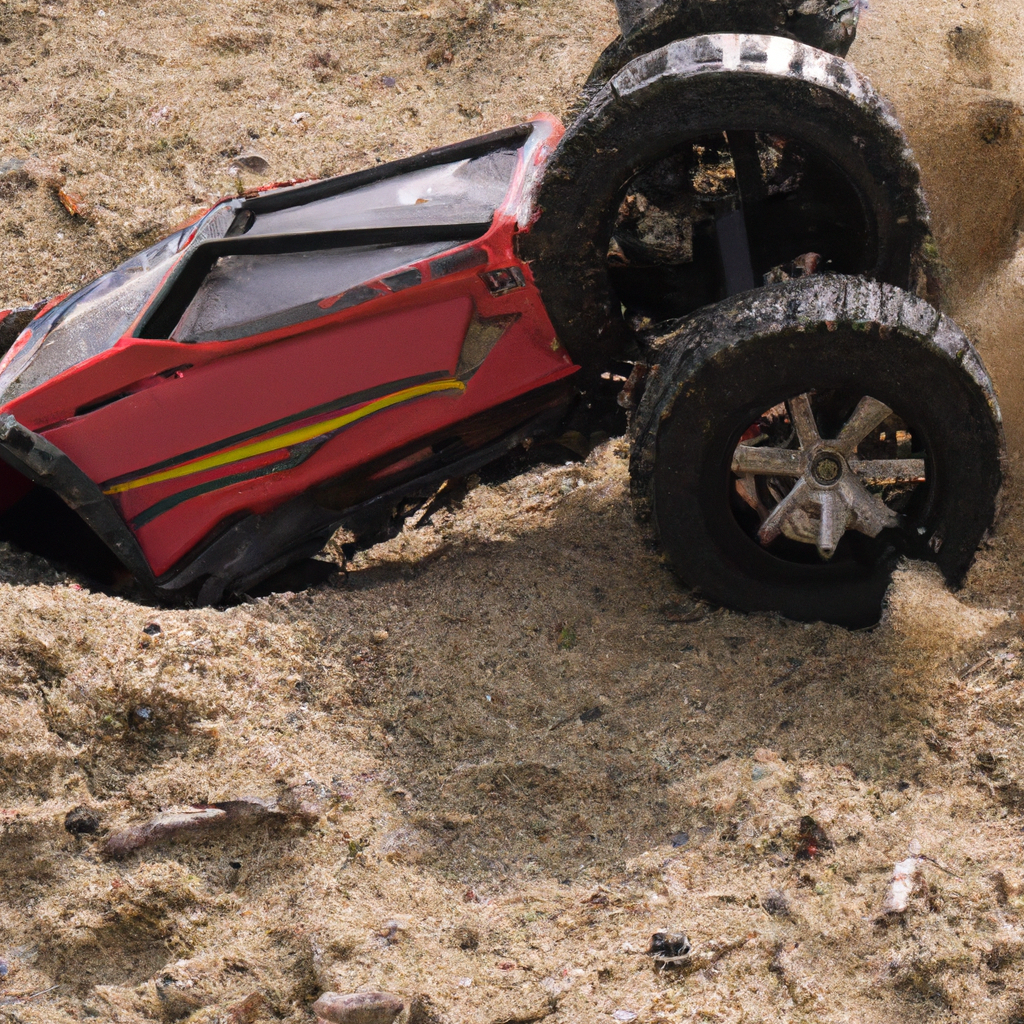Radio control cars have been popular for decades, especially among hobbyists who enjoy tinkering with and racing these miniature vehicles. They can be found in many forms, from toy cars to high-performance hobby cars, and are controlled through radio frequency signals transmitted from a remote control. But how exactly do radio control cars work? In this article, we will explore the inner workings of radio control cars, from the transmitter to the receiver and everything in between.
The Basics of Radio Control Cars
Radio control cars are also known as RC cars, remote control cars, or radio-controlled vehicles. They are miniature cars that are powered by electric or gas motors and are controlled by a remote control that sends radio frequency signals to the car’s receiver. The receiver then sends these signals to the car’s various components, such as the motor, steering servo, and speed controller, to control its movement.
The Transmitter
The transmitter is the handheld device used to control the radio control car. It sends radio frequency signals to the car’s receiver, which then translates these signals into movement. The transmitter has several components, including:
– Control sticks or buttons: These are used to control the car’s movement. The left stick usually controls the steering, while the right stick controls the speed.
– Antenna: This receives and transmits radio frequency signals.
– Power switch: This turns the transmitter on and off.
– Battery compartment: This holds the batteries that power the transmitter.
The Receiver
The receiver is the component that receives the radio frequency signals from the transmitter and translates them into movement. It is usually located inside the car’s body and is connected to the car’s various components, such as the motor, steering servo, and speed controller. The receiver has several components, including:
– Antenna: This receives and transmits radio frequency signals.
– Power switch: This turns the receiver on and off.
– Channel selector: This allows the receiver to receive signals from a specific channel on the transmitter.
– Servo connectors: These connect the receiver to the car’s steering servo.
– ESC connector: This connects the receiver to the car’s electronic speed controller.
The Car’s Components
The car’s various components work together to control its movement. These include:
– Motor: The motor powers the car’s movement. It can be either electric or gas-powered.
– Steering servo: The steering servo controls the car’s steering. It receives signals from the receiver and moves the front wheels accordingly.
– Electronic speed controller (ESC): The ESC controls the car’s speed. It receives signals from the receiver and adjusts the motor’s speed accordingly.
– Battery: The battery powers the car’s motor and receiver.
How Radio Control Cars Work
When the transmitter sends a radio frequency signal to the car’s receiver, the receiver decodes the signal and sends it to the car’s various components. For example, if the left stick on the transmitter is moved, the receiver sends a signal to the steering servo, which then moves the front wheels accordingly. If the right stick is moved, the receiver sends a signal to the ESC, which adjusts the motor’s speed accordingly.
The radio frequency signals sent by the transmitter and received by the receiver are typically in the range of 27MHz to 2.4GHz. The frequency used depends on the particular model of the car, as well as any competing signals in the area.
Conclusion
Radio control cars are a fun and exciting hobby that has been enjoyed by people of all ages for decades. From toy cars to high-performance hobby cars, they are controlled through radio frequency signals transmitted from a remote control. Understanding how they work, from the transmitter to the receiver and the car’s various components, can help you better appreciate and enjoy these miniature vehicles.







